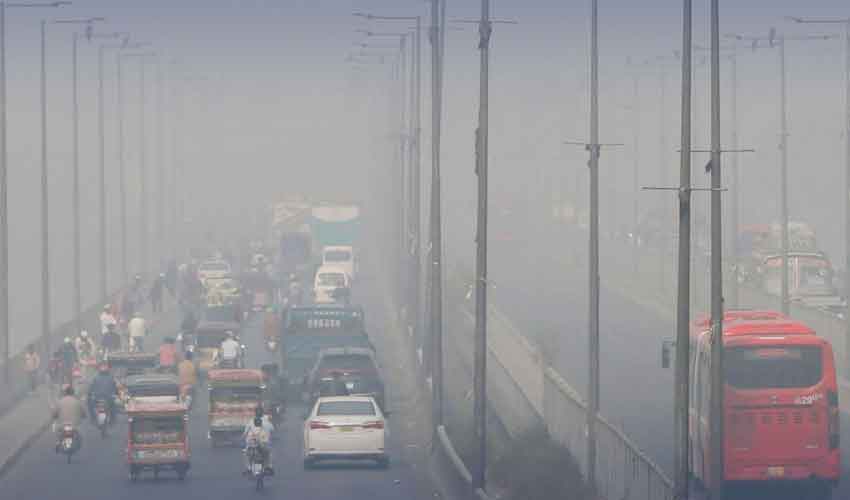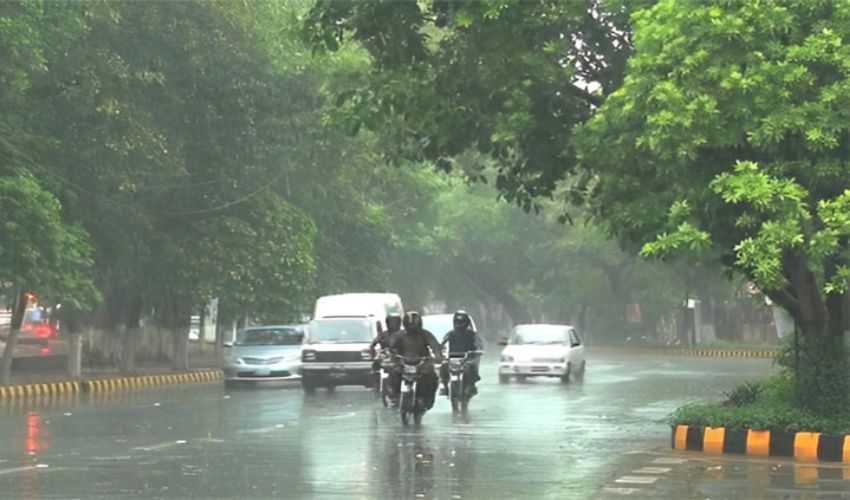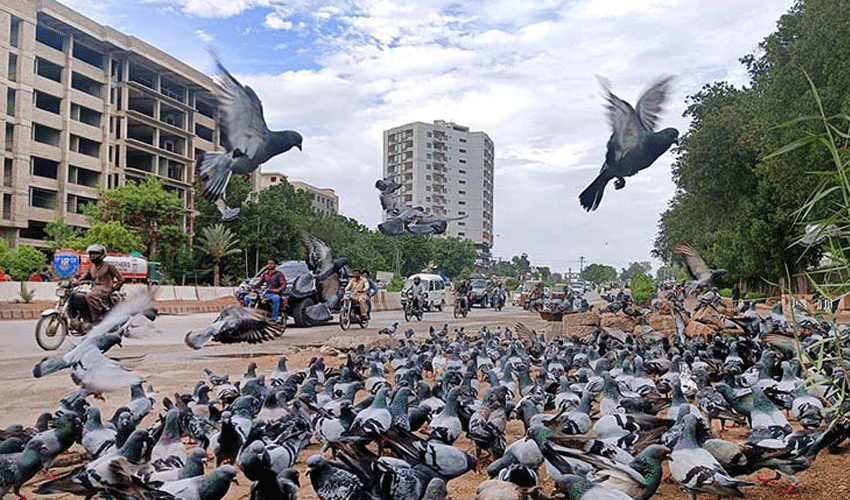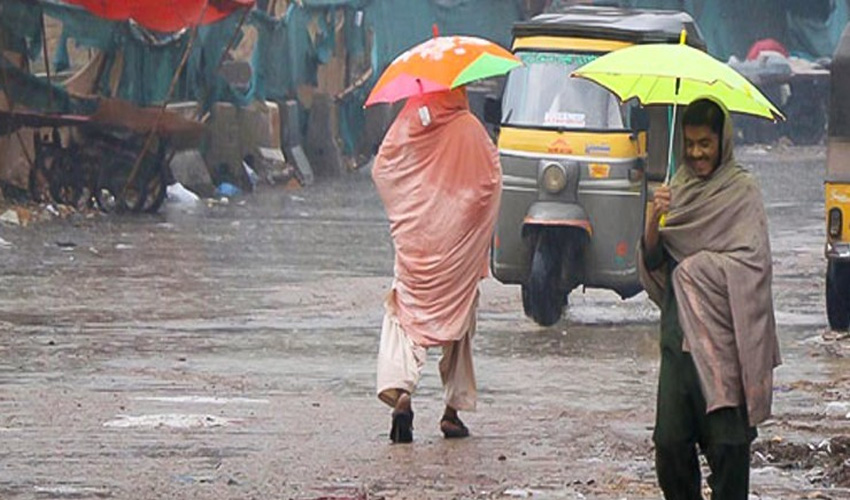As the city continues to battle severe smog, Lahore's air quality index (AQI) has improved marginally, recording a value of 299 on Wednesday — just one point shy of the "hazardous" category.
This improvement, however, offers little relief to the city's residents who have been enduring this hazardous air quality for nearly 10 consecutive days.
According to the Swiss air quality monitoring platform IQAir, Lahore has maintained an AQI near the 300 mark for an extended period, a level considered hazardous for human health.
The city, which is home to over 14 million people, ranks as the second-most polluted major city in the world in terms of air quality, with fine particulate matter (PM2.5) concentrations 44.8 times higher than the World Health Organisation's (WHO) recommended annual guideline values.
For nearly two months, the smog has blanketed much of Punjab, home to more than half of Pakistan’s 240 million people, leading to unprecedented levels of air pollution in cities like Lahore and Multan. While the provincial government has implemented various emergency measures to reduce the impact of pollution, including school closures and restrictions on public spaces, the situation remains dire.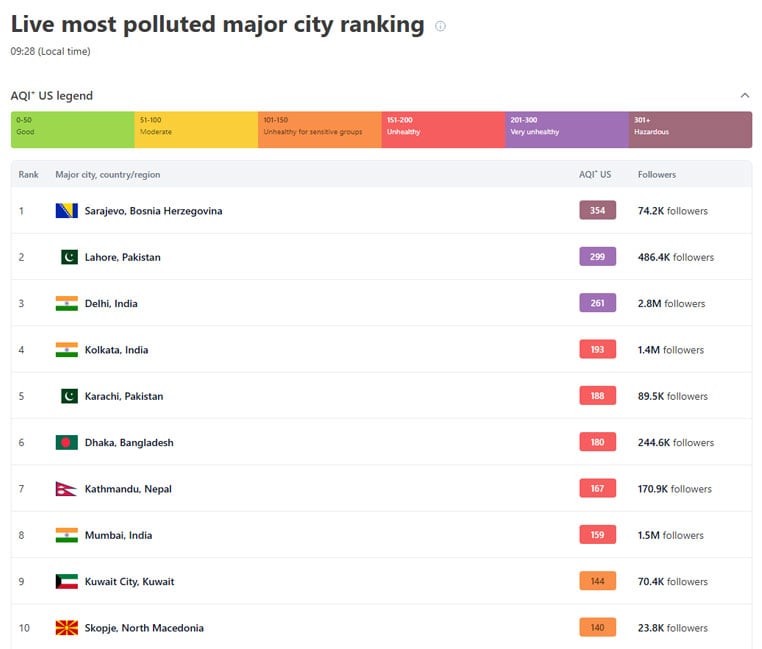
In response to the escalating pollution, authorities had previously imposed lockdown-like measures in the worst-hit areas, including the temporary closure of schools, a ban on entry into public spaces, and limitations on restaurant and market operations. Though these measures have contributed to some improvement, pollution levels remain dangerously high, particularly in Lahore, which continues to experience extremely poor air quality.
The situation in Multan, another city in Punjab heavily affected by smog, has also shown some signs of improvement. The AQI in the city was recorded at 562 on Wednesday, a significant decrease from the staggering 1,571 AQI value registered three weeks ago, when pollution levels were deemed life-threatening. However, the current PM2.5 concentration in Multan is still 71.3 times above the WHO’s healthy limits.
Peshawar, the third most polluted city in Pakistan, recorded an AQI value of 245, with PM2.5 concentrations 34 times higher than recommended limits. Karachi, the country’s largest metropolis, also ranked as the fifth most polluted city globally, with an AQI of 188 and particulate matter concentrations 21.6 times higher than safe levels.
This annual smog crisis, worsened by a combination of industrial emissions, vehicular pollution, and crop residue burning, has become a persistent winter issue in Punjab. The cooler temperatures and slow-moving winds trap the pollutants, exacerbating the situation.
Experts point out that air pollution is taking a severe toll on public health. A recent study by the University of Chicago indicated that life expectancy in Lahore has been reduced by 7.5 years due to chronic exposure to toxic air. Prolonged inhalation of harmful pollutants can lead to strokes, heart disease, lung cancer, and other respiratory illnesses, as warned by the WHO.
Similar conditions are being experienced in India’s capital, New Delhi, where air quality has reached hazardous levels, further emphasizing the region’s struggle with transboundary pollution. Experts stress that to address this ongoing crisis, Pakistan and India must adopt comprehensive strategies, including modernising vehicle fleets, improving agricultural practices, and transitioning to renewable energy sources.





